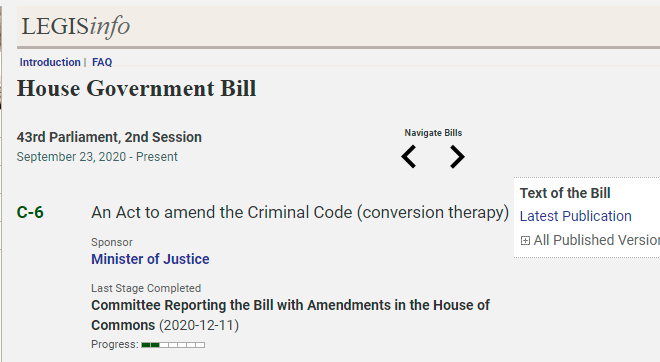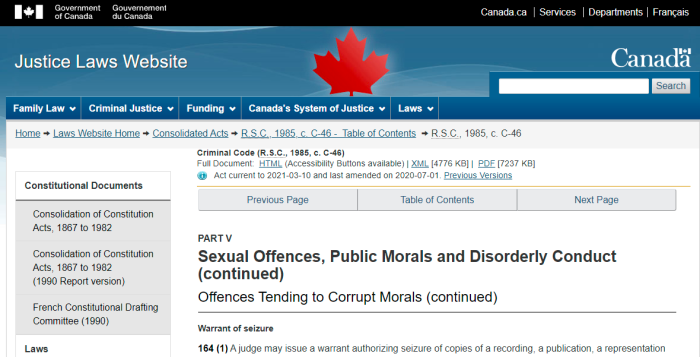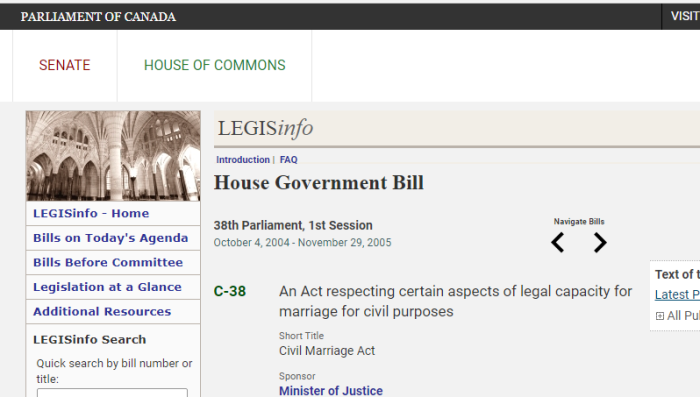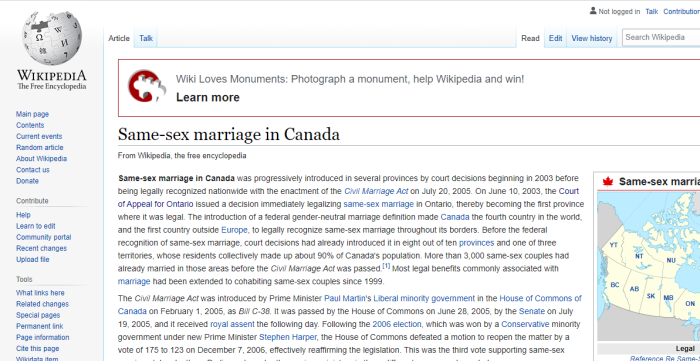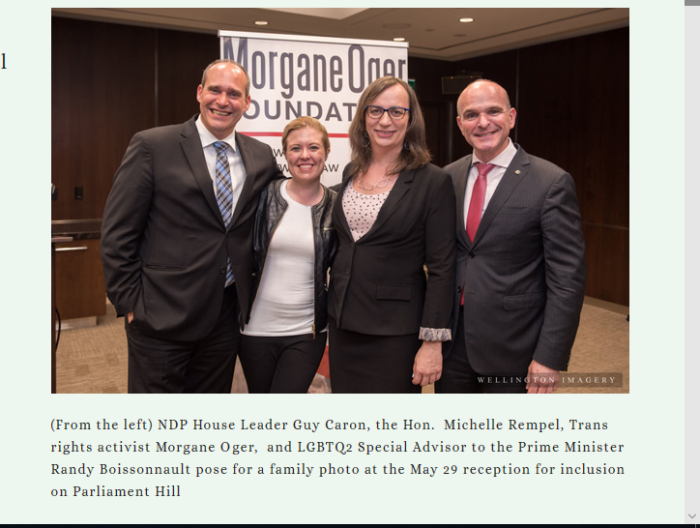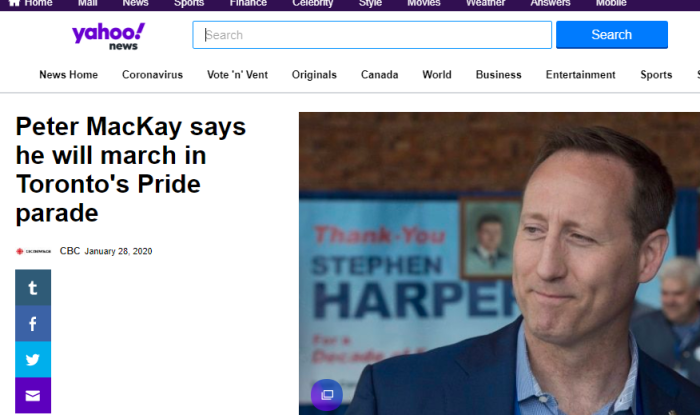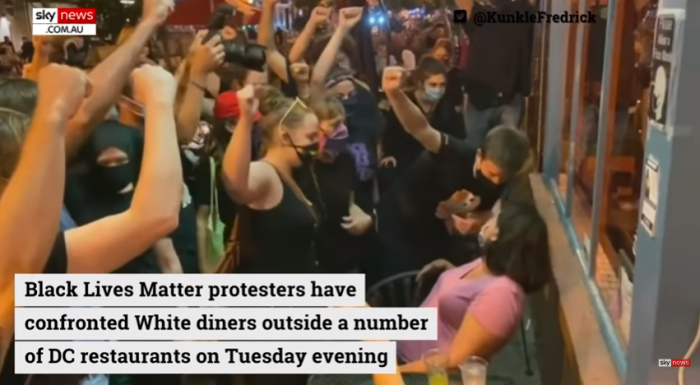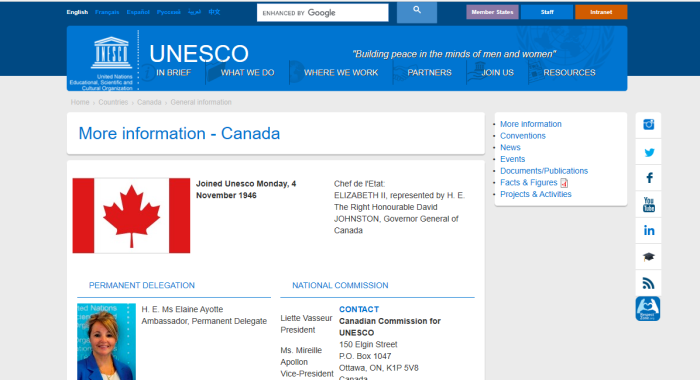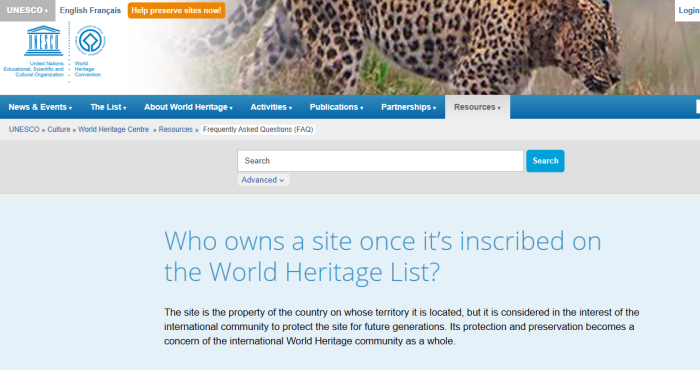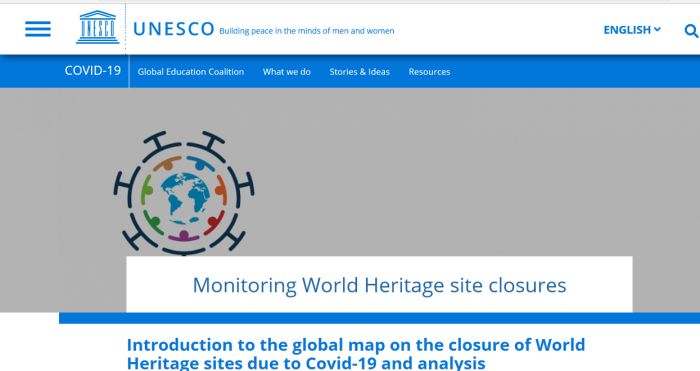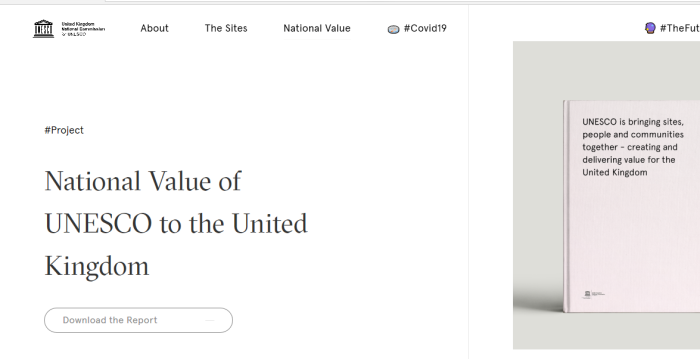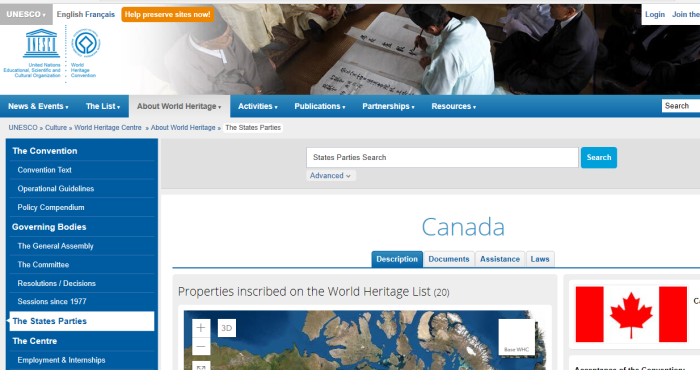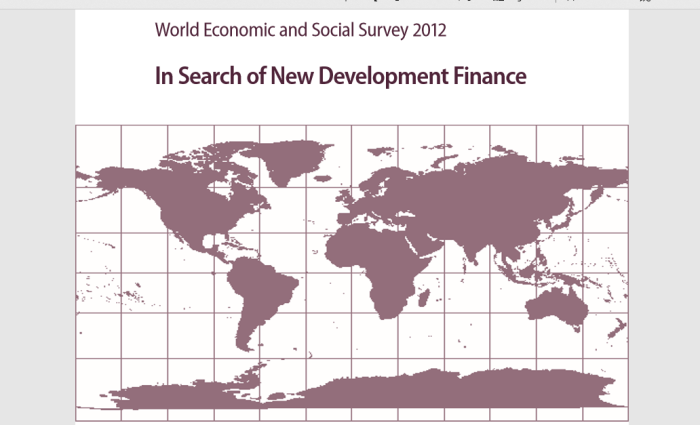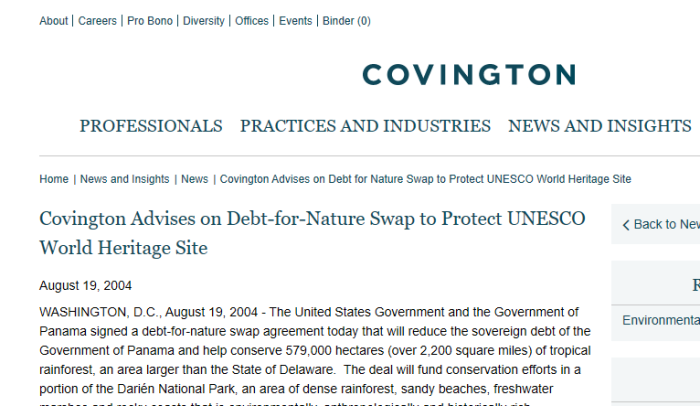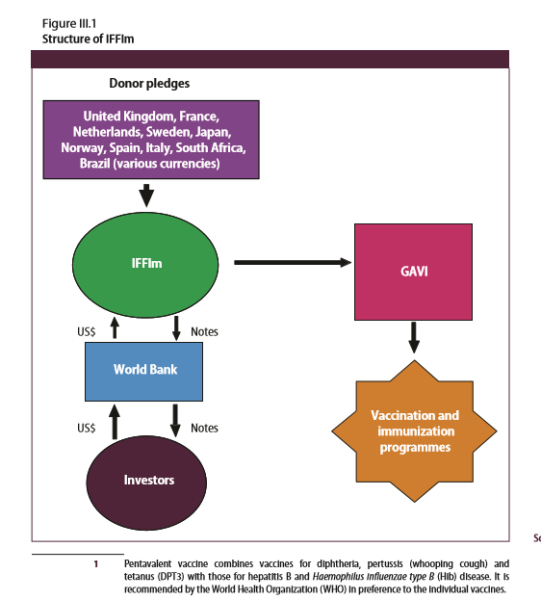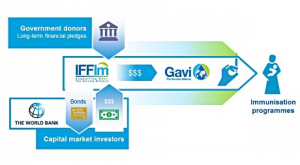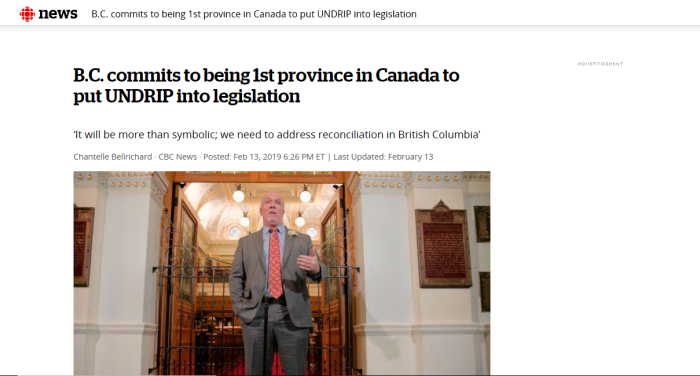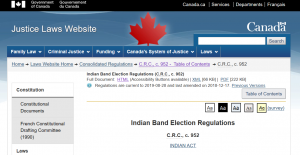
1. Important Links
CLICK HERE, for the Indian Act, 1985 version.
2. Quotes From Indian Act
Administration
Marginal note:Superintendent general
3 The Minister of Indigenous Services shall be the superintendent general of Indian affairs.
R.S., 1985, c. I-5, s. 32019, c. 29, s. 357
That’s right, the Minister of Indigenous Services will be charge of this group of people. How bad is that, you may ask. Let’s go through it and pick our some of the more disturbing portions of it.
Lands Taken for Public Purposes
.
Marginal note:Taking of lands by local authorities
.
35 (1) Where by an Act of Parliament or a provincial legislature Her Majesty in right of a province, a municipal or local authority or a corporation is empowered to take or to use lands or any interest therein without the consent of the owner, the power may, with the consent of the Governor in Council and subject to any terms that may be prescribed by the Governor in Council, be exercised in relation to lands in a reserve or any interest therein.
.
Marginal note:Procedure
(2) Unless the Governor in Council otherwise directs, all matters relating to compulsory taking or using of lands in a reserve under subsection (1) are governed by the statute by which the powers are conferred.
.
Marginal note:Grant in lieu of compulsory taking
.
(3) Whenever the Governor in Council has consented to the exercise by a province, a municipal or local authority or a corporation of the powers referred to in subsection (1), the Governor in Council may, in lieu of the province, authority or corporation taking or using the lands without the consent of the owner, authorize a transfer or grant of the lands to the province, authority or corporation, subject to any terms that may be prescribed by the Governor in Council.
.
Marginal note:Payment
.
(4) Any amount that is agreed on or awarded in respect of the compulsory taking or using of land under this section or that is paid for a transfer or grant of land pursuant to this section shall be paid to the Receiver General for the use and benefit of the band or for the use and benefit of any Indian who is entitled to compensation or payment as a result of the exercise of the powers referred to in subsection (1).
So much for honouring treaties. Land can be taken by the Federal, Provincial, or Municipal Governments largely at their discretion.
Notice that the money isn’t even paid to the band itself. Instead, it goes to the Receiver General who will act as a Trustee. Way to control the purse strings.
Surrenders and Designations
.
Marginal note:Sales
.
37 (1) Lands in a reserve shall not be sold nor title to them conveyed until they have been absolutely surrendered to Her Majesty pursuant to subsection 38(1) by the band for whose use and benefit in common the reserve was set apart.
.
Marginal note:Other transactions
.
(2) Except where this Act otherwise provides, lands in a reserve shall not be leased nor an interest in them granted until they have been designated under subsection 38(2) by the band for whose use and benefit in common the reserve was set apart.
Surrender to Her Majesty
38 (1) A band may absolutely surrender to Her Majesty, conditionally or unconditionally, all of the rights and interests of the band and its members in all or part of a reserve.
.
Marginal note:Designation
.
(2) A band may, conditionally or unconditionally, designate, by way of a surrender to Her Majesty that is not absolute, any right or interest of the band and its members in all or part of a reserve, for the purpose of its being leased or a right or interest therein being granted.
What a scam. If you actually own your property or land, you can sell it to almost anyone. But here, it must first and foremost be surrendered to the Crown. Guess it is really their land after all.
Conditions — surrender
.
39 (1) An absolute surrender is void unless
.
(a) it is made to Her Majesty;
(b) it is assented to by a majority of the electors of the band
(i) at a general meeting of the band called by the council of the band,
(ii) at a special meeting of the band called by the Minister for the purpose of considering a proposed absolute surrender, or
(iii) by a referendum as provided in the regulations; and
(c) it is accepted by the Governor in Council.
.
Marginal note:Minister may call meeting or referendum
.
(2) If a majority of the electors of a band did not vote at a meeting or referendum called under subsection (1), the Minister may, if the proposed absolute surrender was assented to by a majority of the electors who did vote, call another meeting by giving 30 days’ notice of that other meeting or another referendum as provided in the regulations.
.
Marginal note:Assent of band
.
(3) If a meeting or referendum is called under subsection (2) and the proposed absolute surrender is assented to at the meeting or referendum by a majority of the electors voting, the surrender is deemed, for the purposes of this section, to have been assented to by a majority of the electors of the band.
.
Marginal note:Secret ballot
.
(4) The Minister may, at the request of the council of the band or whenever he considers it advisable, order that a vote at any meeting under this section shall be by secret ballot.
.
Marginal note:Officials required
.
(5) Every meeting under this section shall be held in the presence of the superintendent or some other officer of the Department designated by the Minister.
Interesting way to run a vote. The Minister must be informed of this, new meetings can be called if they don’t like the outcome, and the Minister can order secret ballots. Surprised the votes are stacked with paid off representatives. Seems like a shady way to run a vote.
Descent of Property
.
Marginal note:Powers of Minister with respect to property of deceased Indians
.
42 (1) Subject to this Act, all jurisdiction and authority in relation to matters and causes testamentary, with respect to deceased Indians, is vested exclusively in the Minister and shall be exercised subject to and in accordance with regulations of the Governor in Council.
.
Marginal note:Regulations
.
(2) The Governor in Council may make regulations providing that a deceased Indian who at the time of his death was in possession of land in a reserve shall, in such circumstances and for such purposes as the regulations prescribe, be deemed to have been at the time of his death lawfully in possession of that land.
Courts may exercise jurisdiction with consent of Minister
.
44 (1) The court that would have jurisdiction if a deceased were not an Indian may, with the consent of the Minister, exercise, in accordance with this Act, the jurisdiction and authority conferred on the Minister by this Act in relation to testamentary matters and causes and any other powers, jurisdiction and authority ordinarily vested in that court.
.
Marginal note:Minister may refer a matter to the court
.
(2) The Minister may direct in any particular case that an application for the grant of probate of the will or letters of administration of a deceased shall be made to the court that would have jurisdiction if the deceased were not an Indian, and the Minister may refer to that court any question arising out of any will or the administration of any estate.
In short, inheritance and wills are to be ruled by the Minister and the Governor in Council. This means that the wishes of the people themselves may very well go unhonoured.
Appeals
Marginal note:Appeal to Federal Court
.
47 A decision of the Minister made in the exercise of the jurisdiction or authority conferred on him by section 42, 43 or 46 may, within two months from the date thereof, be appealed by any person affected thereby to the Federal Court, if the amount in controversy in the appeal exceeds five hundred dollars or if the Minister consents to an appeal.
If you have a problem with how the Minister (or the Ministry) is meddling with your estate or inheritance, you can be expected to take him to Court. With what money? And will the Federal Government oppose any Court action using an army of lawyers?
Mentally Incompetent Indians
.
Marginal note:Powers of Minister generally
.
51 (1) Subject to this section, all jurisdiction and authority in relation to the property of mentally incompetent Indians is vested exclusively in the Minister.
.
Marginal note:Particular powers
.
(2) Without restricting the generality of subsection (1), the Minister may
(a) appoint persons to administer the estates of mentally incompetent Indians;
(b) order that any property of a mentally incompetent Indian shall be sold, leased, alienated, mortgaged, disposed of or otherwise dealt with for the purpose of
(i) paying his debts or engagements,
(ii) discharging encumbrances on his property,
(iii) paying debts or expenses incurred for his maintenance or otherwise for his benefit, or
(iv) paying or providing for the expenses of future maintenance; and
(c) make such orders and give such directions as he considers necessary to secure the satisfactory management of the estates of mentally incompetent Indians.
If the Minister thinks that an Indian is mentally incompetent, then that person’s property can be sold or leased to pay for debts or medical care. This will never be abused.
Money of Infant Children
.
Marginal note:Distributions of capital
.
52.1 (1) The council of a band may determine that the payment of not more than three thousand dollars, or such other amount as may be fixed by order of the Governor in Council, in a year of the share of a distribution under paragraph 64(1)(a) that belongs to an infant child who is a member of the band is necessary or proper for the maintenance, advancement or other benefit of the child.
.
Marginal note:Procedure
.
(2) Before making a determination under subsection (1), the council of the band must
(a) post in a conspicuous place on the reserve fourteen days before the determination is made a notice that it proposes to make such a determination; and
(b) give the members of the band a reasonable opportunity to be heard at a general meeting of the band held before the determination is made.
.
Marginal note:Minister’s duty
.
(3) Where the council of the band makes a determination under subsection (1) and notifies the Minister, at the time it gives its consent to the distribution pursuant to paragraph 64(1)(a), that it has made that determination and that, before making it, it complied with subsection (2), the Minister shall make a payment described in subsection (1) for the maintenance, advancement or other benefit of the child to a parent or person who is responsible for the care and custody of the child or, if so requested by the council on giving its consent to that distribution, to the council.
The Minister is responsible for managing other people’s money. How is this self control and autonomy?
Management of Reserves and Surrendered and Designated Lands
.
Marginal note:Transactions re surrendered and designated lands
.
53 (1) The Minister or a person appointed by the Minister for the purpose may, in accordance with this Act and the terms of the absolute surrender or designation, as the case may be,
(a) manage or sell absolutely surrendered lands; or
(b) manage, lease or carry out any other transaction affecting designated lands.
Departmental employees
.
(3) No person who is appointed pursuant to subsection (1) or who is an officer or a servant of Her Majesty employed in the Department may, except with the approval of the Governor in Council, acquire directly or indirectly any interest in absolutely surrendered or designated lands.
So people in the Department can’t benefit personally off of land given up, unless the Minister approves of it. Sure, no conflict of interest here.
Lease at request of occupant
.
(3) The Minister may lease for the benefit of any Indian, on application of that Indian for that purpose, the land of which the Indian is lawfully in possession without the land being designated.
Land can be leased, but only if the Minister agrees, and only under the terms which the Minister agrees to.
Control over lands
.
60 (1) The Governor in Council may at the request of a band grant to the band the right to exercise such control and management over lands in the reserve occupied by that band as the Governor in Council considers desirable.
.
Marginal note:Withdrawal
.
(2) The Governor in Council may at any time withdraw from a band a right conferred on the band under subsection (1).
So the Governor in Council may allow bands to manage their own lands, but can also withdraw that right at any time. So it isn’t really a right, but rather a privilege.
Management of Indian Moneys
.
Marginal note:Indian moneys to be held for use and benefit
.
61 (1) Indian moneys shall be expended only for the benefit of the Indians or bands for whose use and benefit in common the moneys are received or held, and subject to this Act and to the terms of any treaty or surrender, the Governor in Council may determine whether any purpose for which Indian moneys are used or are to be used is for the use and benefit of the band.
Funny, in another context this sort of behaviour would be considered financial abuse: taking power over other people by controlling their finances.
Loans to Indians
.
Marginal note:Loans to Indians
.
70 (1) The Minister of Finance may authorize advances to the Minister out of the Consolidated Revenue Fund of such sums of money as the Minister may require to enable him
(a) to make loans to bands, groups of Indians or individual Indians for the purchase of farm implements, machinery, livestock, motor vehicles, fishing equipment, seed grain, fencing materials, materials to be used in native handicrafts, any other equipment, and gasoline and other petroleum products, or for the making of repairs or the payment of wages, or for the clearing and breaking of land within reserves;
(b) to expend or to lend money for the carrying out of cooperative projects on behalf of Indians; or
(c) to provide for any other matter prescribed by the Governor in Council.
Regular Canadians are not subjected to this. Heck, new immigrants in the country are able to get loans and credit far easier than this. This is, again, about financial control.
Farms
.
Marginal note: Minister may operate farms
.
71 (1) The Minister may operate farms on reserves and may employ such persons as he considers necessary to instruct Indians in farming and may purchase and distribute without charge pure seed to Indian farmers.
.
Marginal note:Application of profits
.
(2) The Minister may apply any profits that result from the operation of farms pursuant to subsection (1) on reserves to extend farming operations on the reserves or to make loans to Indians to enable them to engage in farming or other agricultural operations or he may apply those profits in any way that he considers to be desirable to promote the progress and development of the Indians.
Under the Indian Act, even farming is controlled by the Minister. Where is the autonomy that we are told there is? This reeks of Stalinist collectivism from the 1930s.
73 (1) The Governor in Council may make regulations
(a) for the protection and preservation of fur-bearing animals, fish and other game on reserves;
(b) for the destruction of noxious weeds and the prevention of the spreading or prevalence of insects, pests or diseases that may destroy or injure vegetation on Indian reserves;
(c) for the control of the speed, operation and parking of vehicles on roads within reserves;
(d) for the taxation, control and destruction of dogs and for the protection of sheep on reserves;
(e) for the operation, supervision and control of pool rooms, dance halls and other places of amusement on reserves;
(f) to prevent, mitigate and control the spread of diseases on reserves, whether or not the diseases are infectious or communicable;
(g) to provide medical treatment and health services for Indians;
(h) to provide compulsory hospitalization and treatment for infectious diseases among Indians;
(i) to provide for the inspection of premises on reserves and the destruction, alteration or renovation thereof;
(j) to prevent overcrowding of premises on reserves used as dwellings;
(k) to provide for sanitary conditions in private premises on reserves as well as in public places on reserves;
(l) for the construction and maintenance of boundary fences; and
(m) for empowering and authorizing the council of a band to borrow money for band projects or housing purposes and providing for the making of loans out of moneys so borrowed to members of the band for housing purposes.
Elsewhere, a lot of these would be considered Municipal or Provincial affairs. It seems the Federal Government has total control over nearly every aspect of people on these reserves.
Elections of Chiefs and Band Councils
Marginal note:
Elected councils
74 (1) Whenever he deems it advisable for the good government of a band, the Minister may declare by order that after a day to be named therein the council of the band, consisting of a chief and councillors, shall be selected by elections to be held in accordance with this Act.
Marginal note:
Composition of council
(2) Unless otherwise ordered by the Minister, the council of a band in respect of which an order has been made under subsection (1) shall consist of one chief, and one councillor for every one hundred members of the band, but the number of councillors shall not be less than two nor more than twelve and no band shall have more than one chief.
So the Minister will not only declare when elections will be, but will in effect determine the size of the Council. Great autonomy here.
Eligibility
75 (1) No person other than an elector who resides in an electoral section may be nominated for the office of councillor to represent that section on the council of the band.
Marginal note:
Nomination
(2) No person may be a candidate for election as chief or councillor of a band unless his nomination is moved and seconded by persons who are themselves eligible to be nominated.
3. Thoughts On The Act
This is shameful. An entire group of people who, rather than enjoying full rights, are essentially wardens of the state who have all their major decisions controlled.
Admittedly, I originally thought the Indian Act was something that had long passed, but that is not the case. And I didn’t know just how pervasive it really was.
This abomination needs to go
Like this:
Like Loading...
